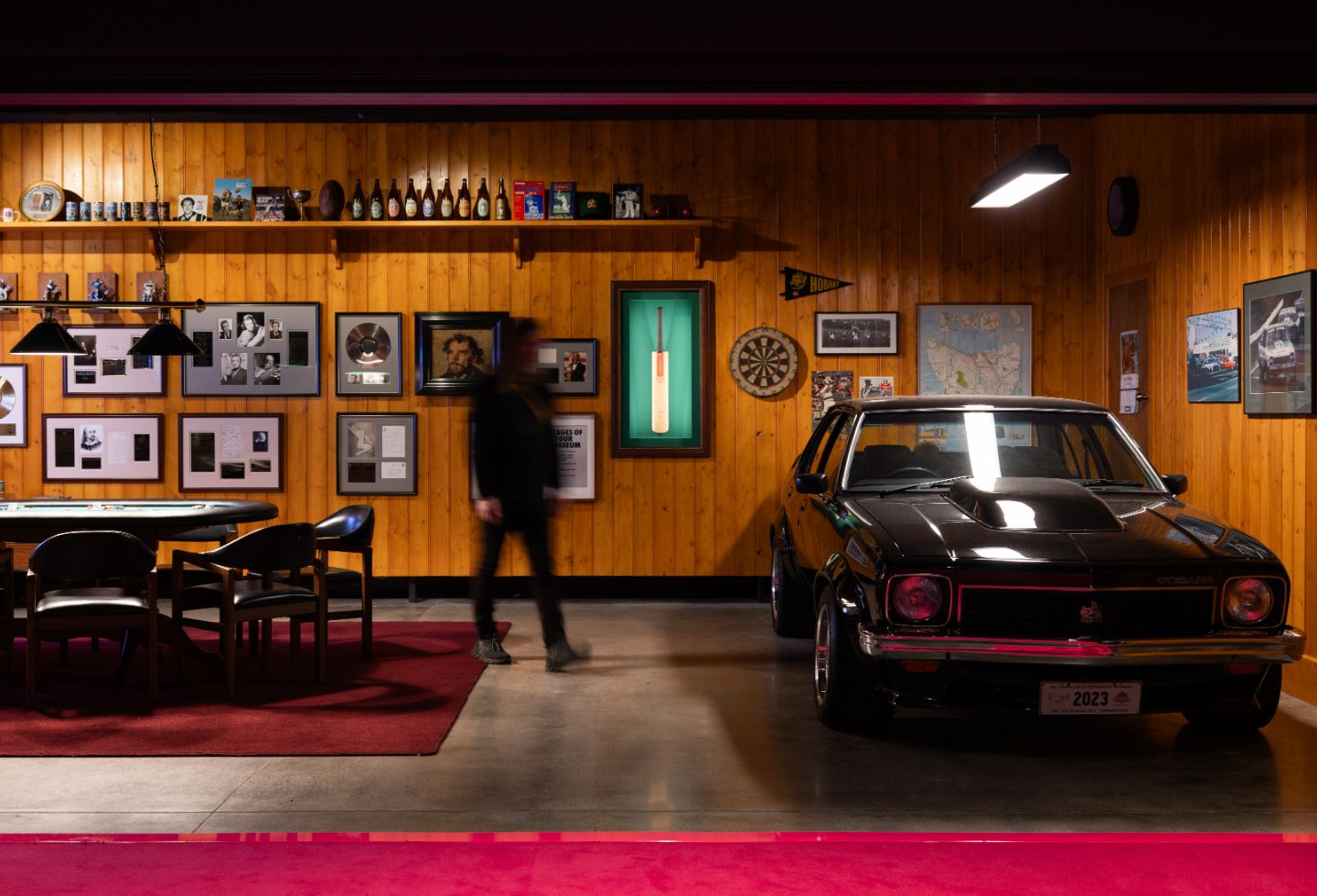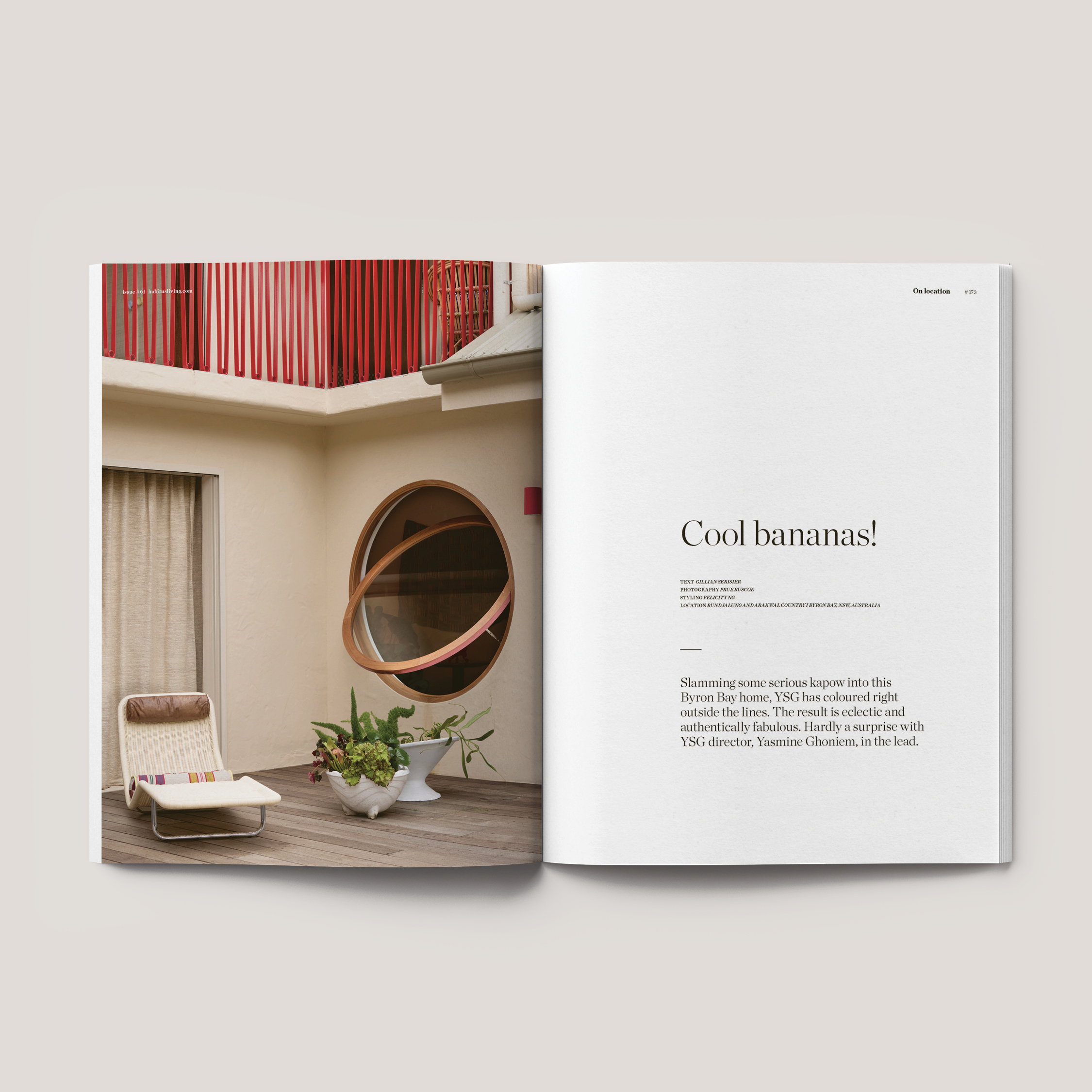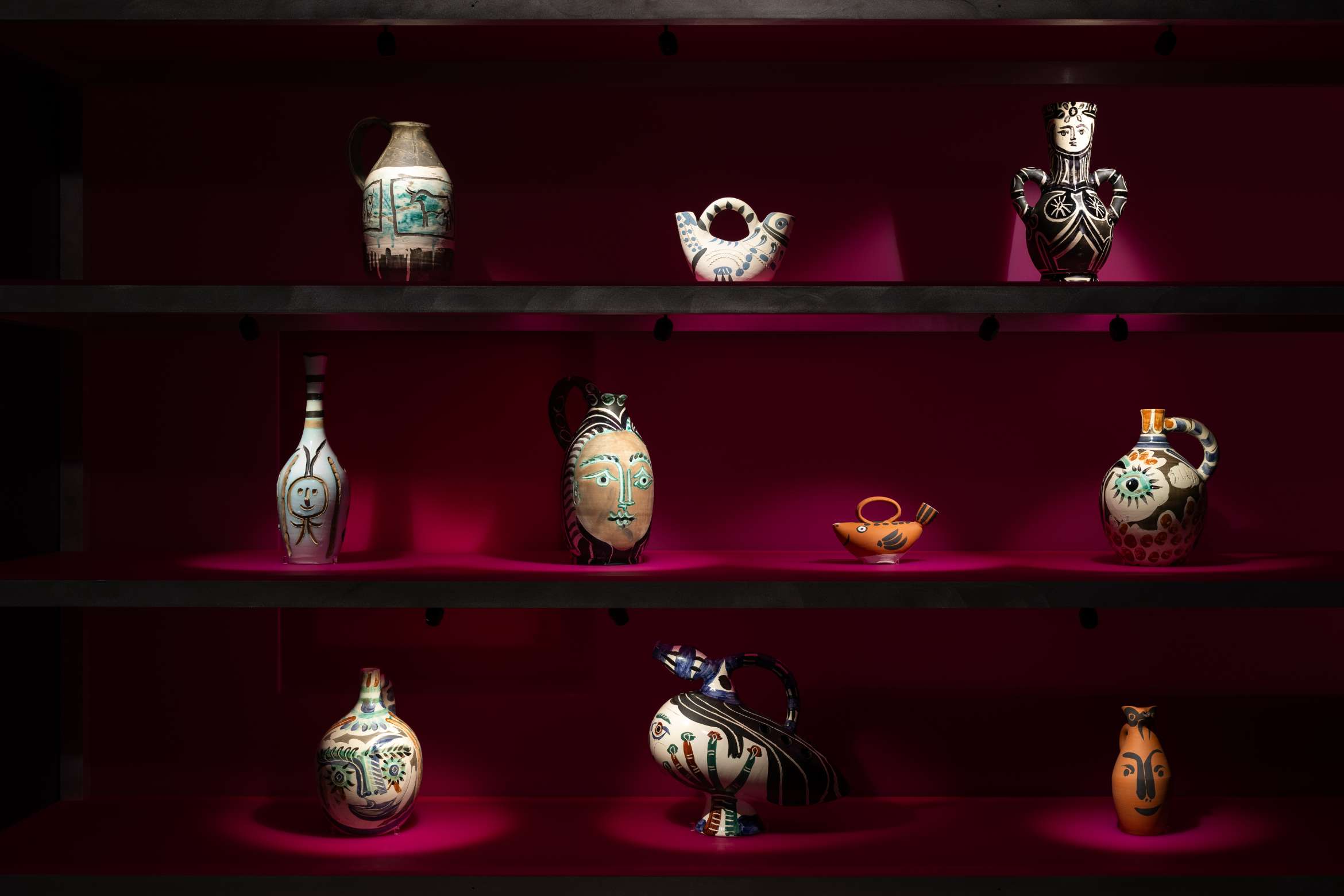In mid-March, the Museum of Old and New Art (MONA) dropped a 1977 Torana A9X into Sydney’s iconic Bondi Icebergs. Whilst not literally a car per se, a vinyl of the year, brand and make stretched the length of the pool, lining the tiling. The museum’s owner, David Walsh, said, “MONA is my hotted-up Torana.” As a means to pique people’s curiosity for the major exhibition, Namedropping, now on view in Hobart, the Iceberg’s sensational intervention provided a prelude of what was soon to come.
Assembled in MONA’s subterranean galleries, Namedropping features over 200 artworks and objects sourced from the museum’s own collection, newly commissioned works, loans from international and Australian national and state institutions, artists and important private collections. From an actual Torana car to a signed cricket bat, antiquities to sought-after music recordings, fashion garments and artworks spanning impressionism, modernism and the contemporary, there is much to explore. Works by renowned artists including Picasso, Carl Andre, Andy Warhol, Chuck Close and Francis Bacon sit alongside contemporary artists including Cornelia Parker, Ai Weiwei, Darren Sylvester, Polly Borland and Elizabeth Peyton.
Conceived by David Walsh and the museum’s curatorial team – Jarrod Rawlins, Jane Clark, Emma Pike and Sarah Wallace with writer Luke Hortle – Namedropping explores concepts of status and how it functions in terms of a human pursuit. The exhibition highlights the ways people, universally across time, have used status symbols such as art, brands, allegiance and association as tools for social aspiration and connection. Following on from previous exhibitions that explored the bio-cultural origins of art including The Red Queen (2013) and On the Origin of Art (2016), according to Senior Research Curator Jane Clark, “Namedropping considers the hypothesis that there are biological drivers behind everything that human beings do – including making art.”
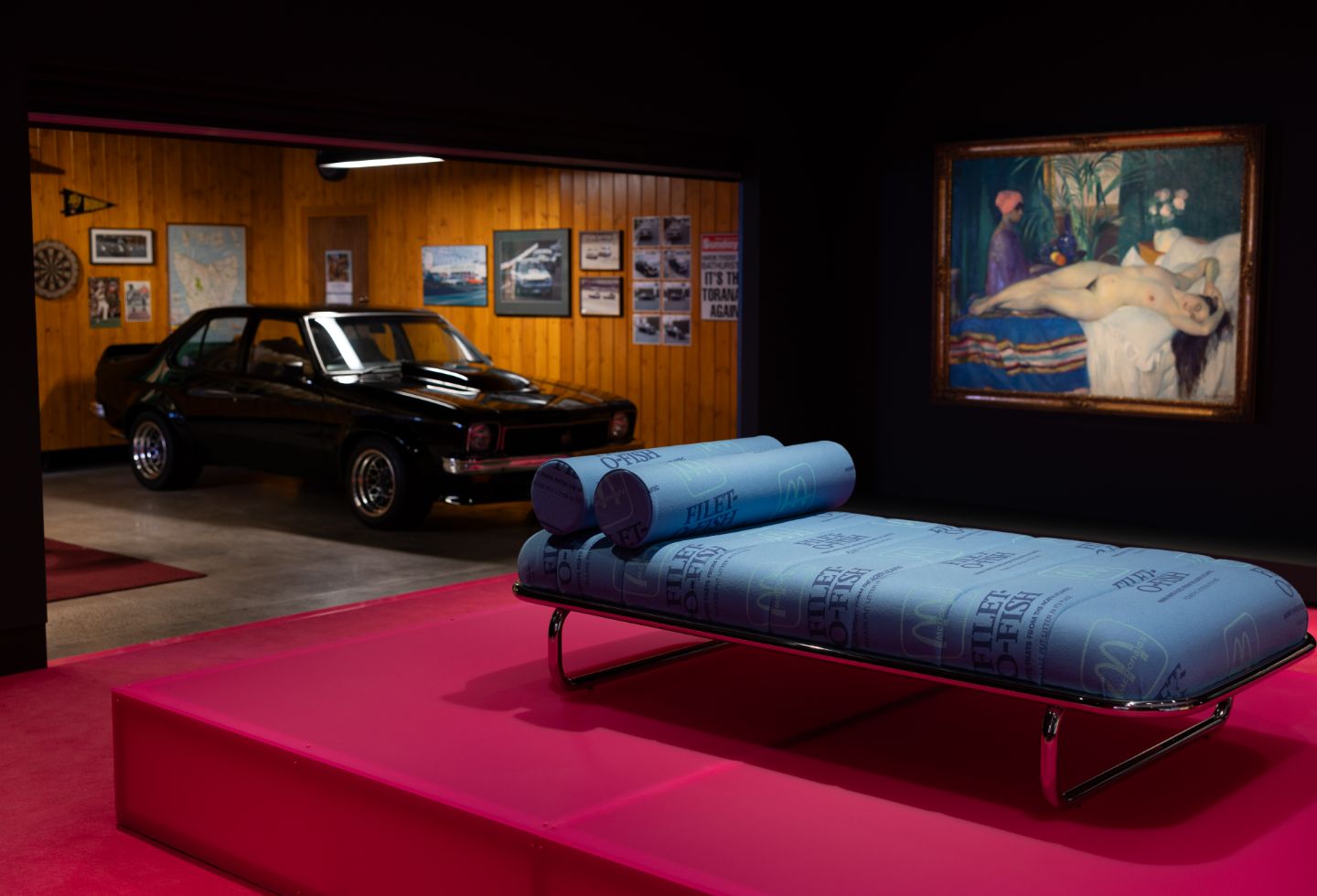
Established in 2011 and designed by Fender Katsalidis, MONA continues to push the boundaries of what a museum, or ‘playground’ for audiences, can be. Art, antiquities, everyday culture and cerebral concepts collide into exhibitions. So, why Namedropping now? Clark says that “it asks what is status and why is it useful? It’s absolutely not all about money and celebrity. It also looks at how and why some objects become status objects. Why we humans universally make certain things ‘special.'”
The exhibition has been designed by Art Processors, responsible for creating the ‘O’ at MONA. Clark notes that it is “more of a collage and a conversation, layering works and objects of interest.” The brief was to express the joy and light-heartedness of the exhibition. “In some places we’ve respected the classic MONA design drama we’ve become known for – dark walls, glowing showcases – and in others the design team have completely subverted this,” says Clark.
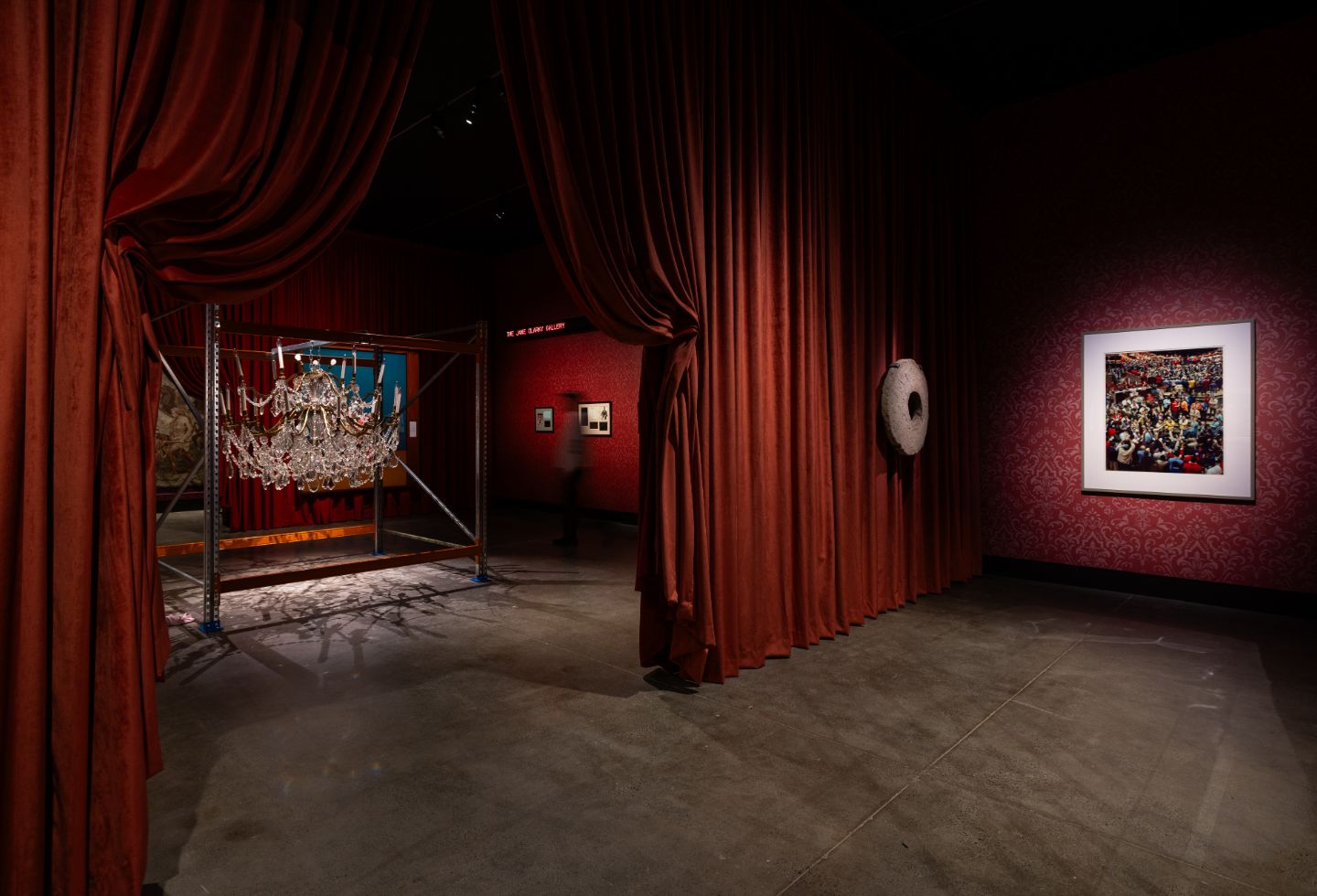
Case in point: the 1977 Torana is placed within a highly constructed environment – a garage turned ‘pool room’ that acknowledges the classic Australian film, The Castle. Memorabilia lines the wooden clad walls, blurring the boundaries of what constitutes art; collectibles and items of personal significance are elevated to a higher status. Materials and display devices such as red gloss walls, stainless steel, glass vitrines, plush curtains, printed Louis Vuitton branded wallpaper and hot pink flooring amount to a wildly imaginative exhibition experience, one which aims to help audiences navigate the works featured.
Clark concludes: “The experience should be fun, deeply engaging, and literally something for everyone (as David Walsh has said, when you’re signalling your status, ‘you don’t need everyone to like your particular brand of bullshit’).” At a time of global uncertainty, it seems fitting to consider a universal human condition, and one so based on material possession and culture. As always at MONA, Namedropping gives us much to think about.
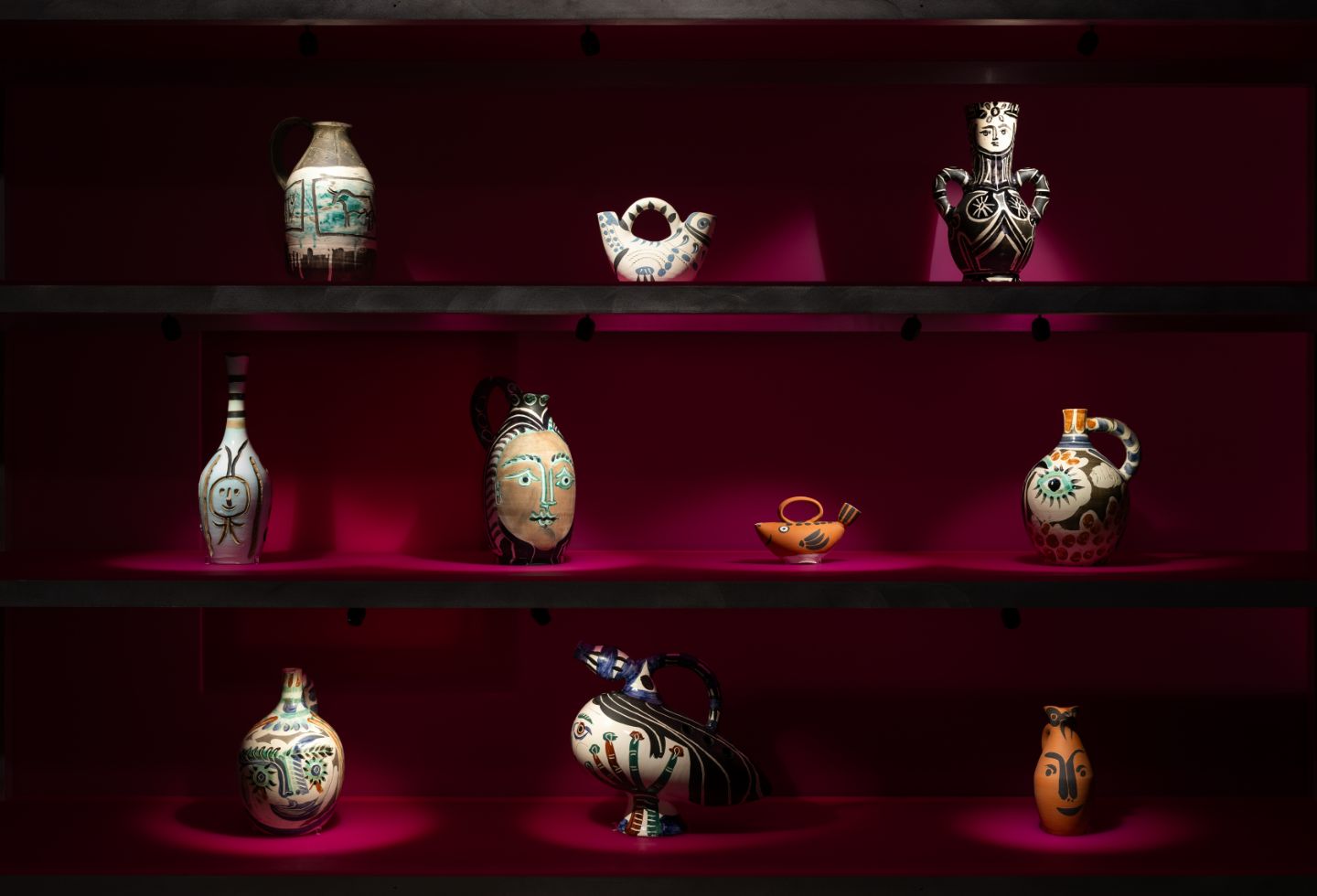

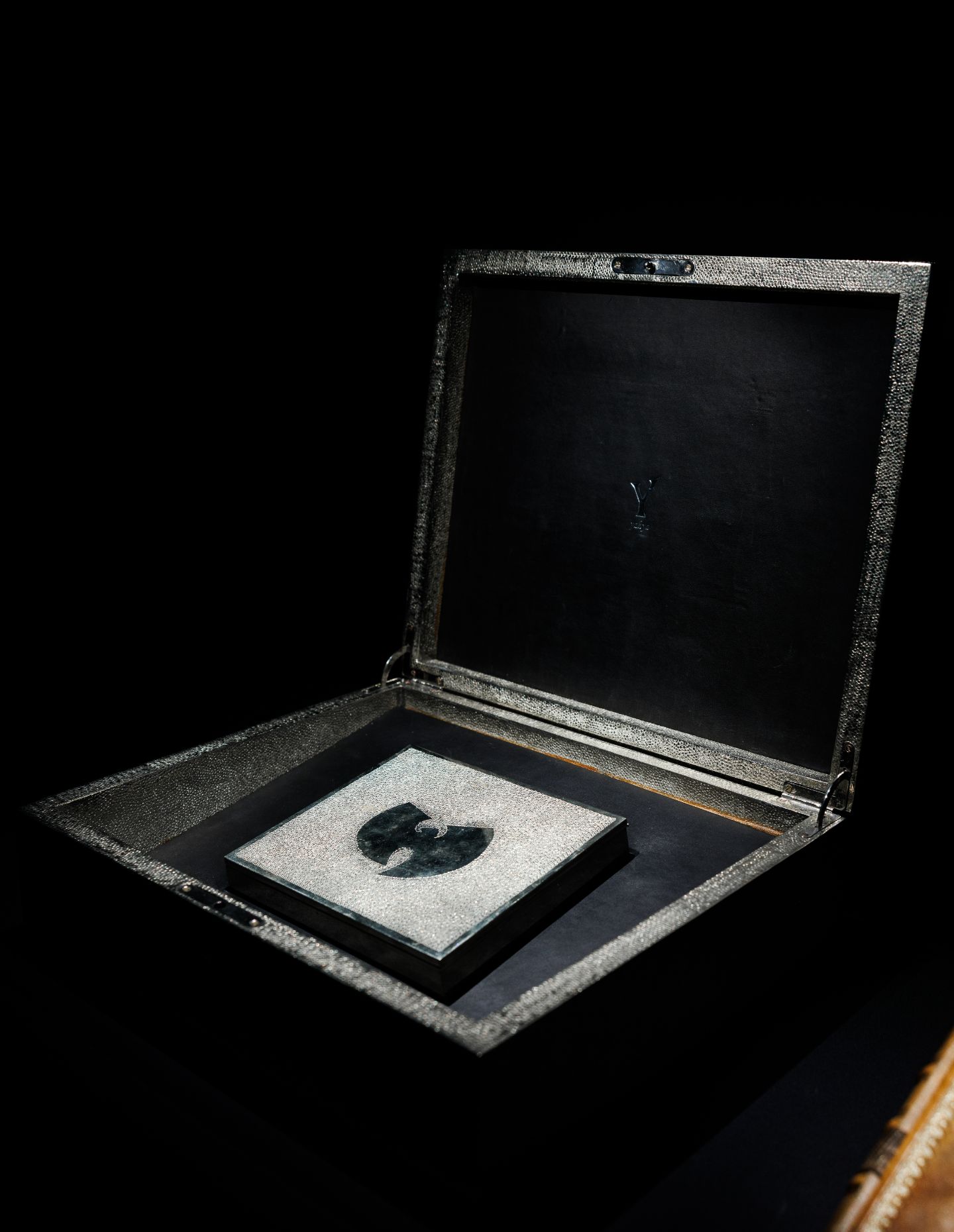
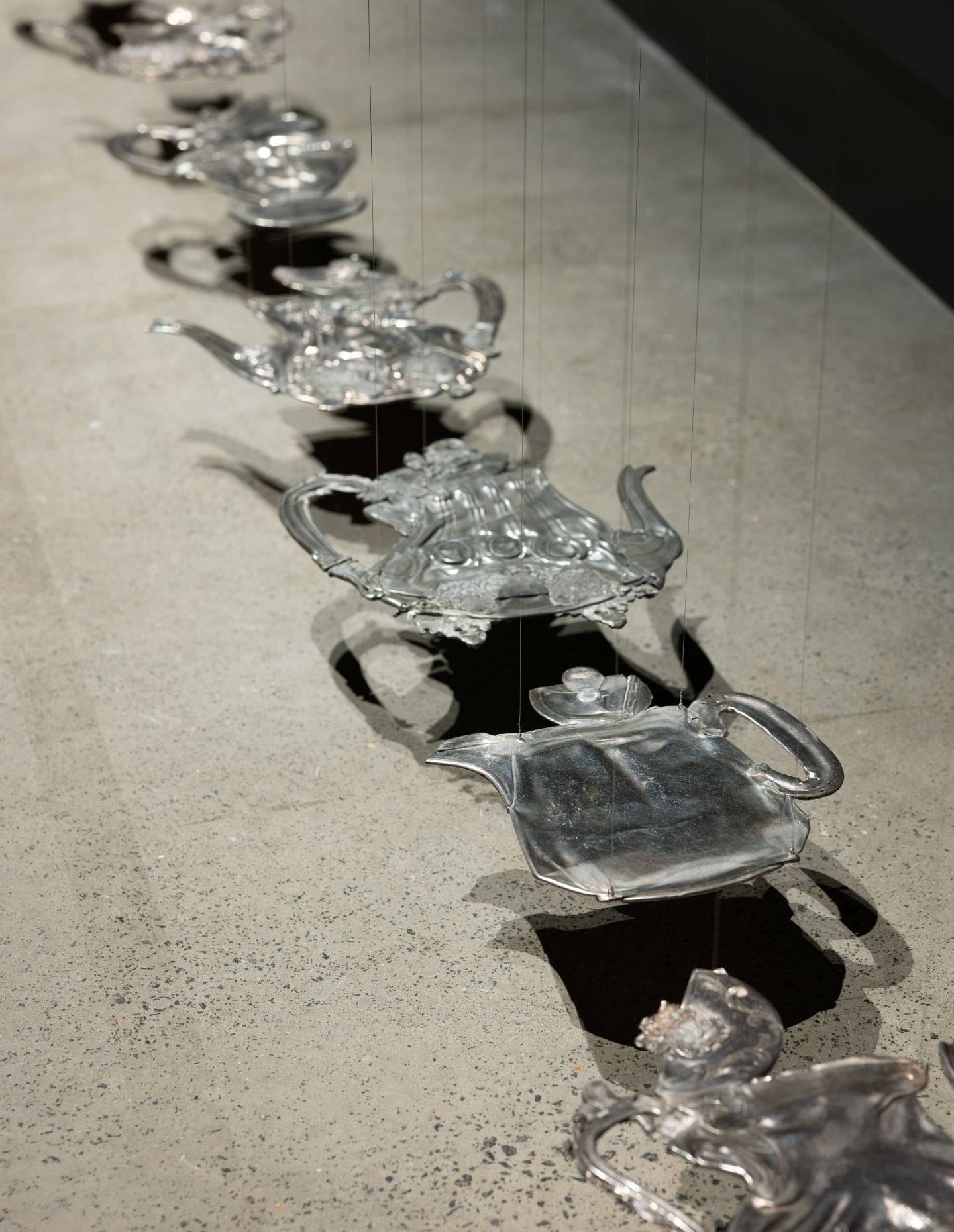
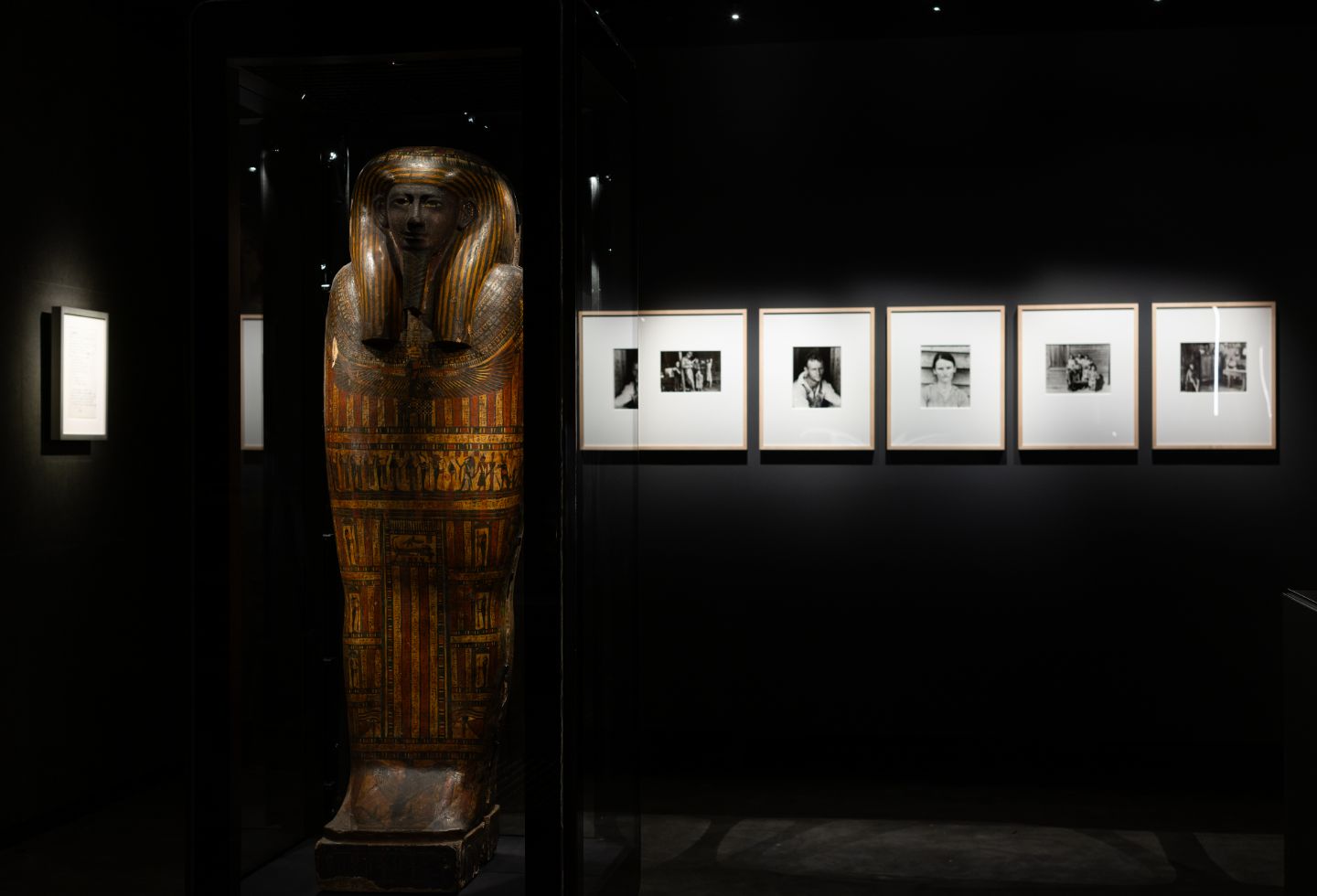
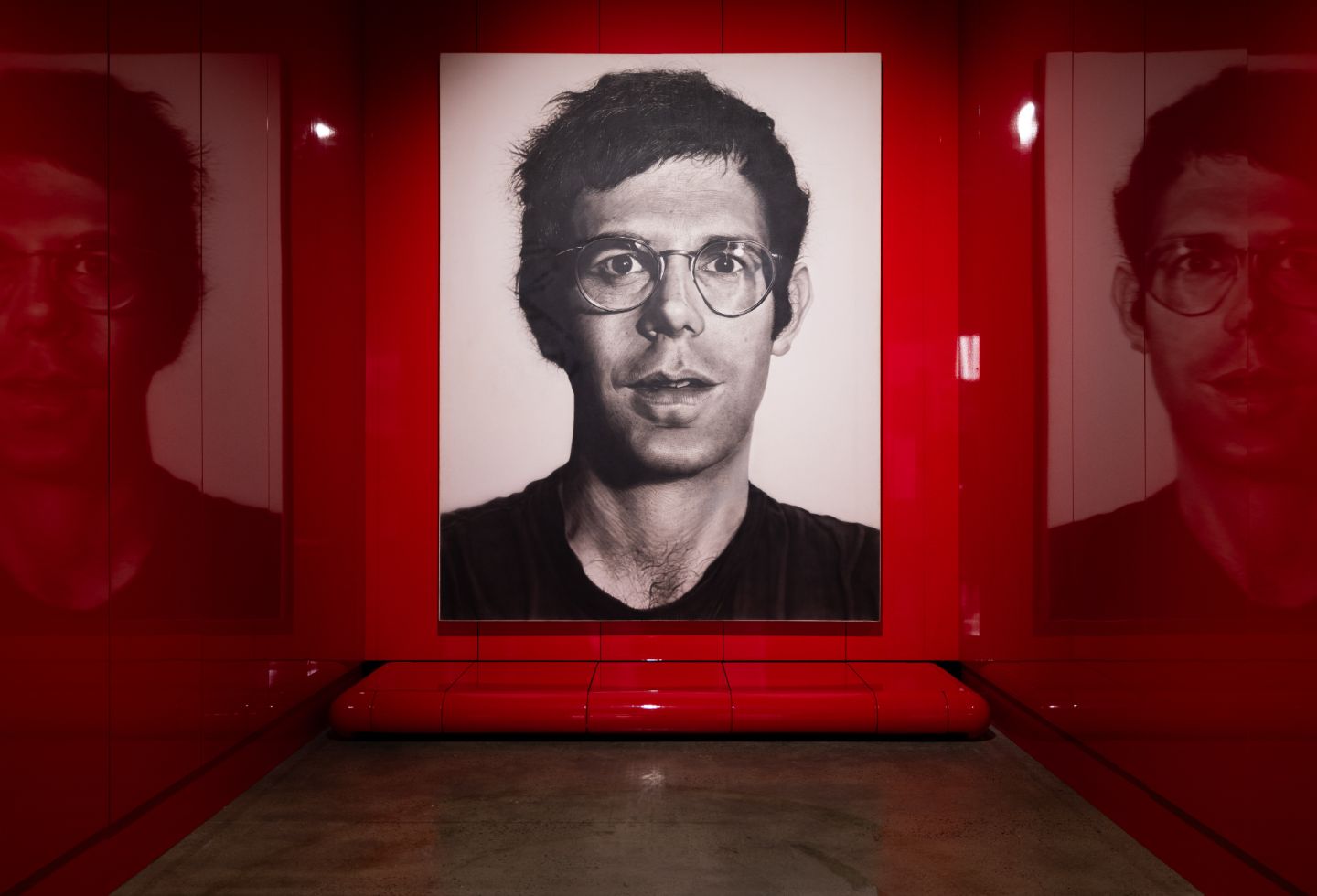
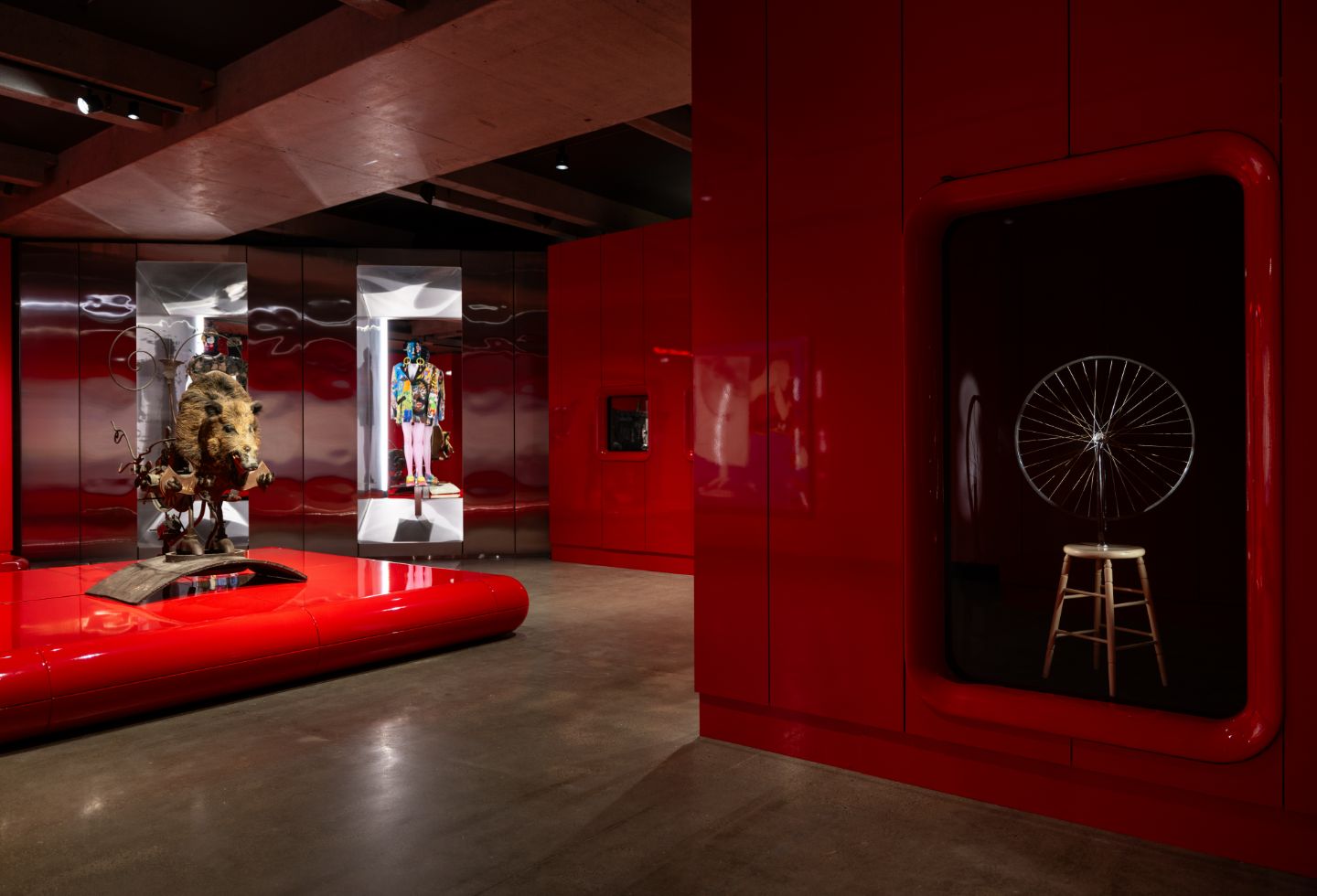
Centre Pompidou, Paris, National Museum of Modern Art / Centre for Industrial Creation, purchased 1986.
